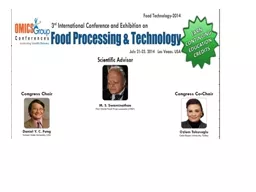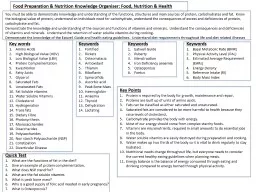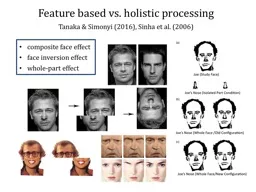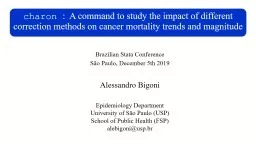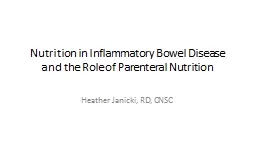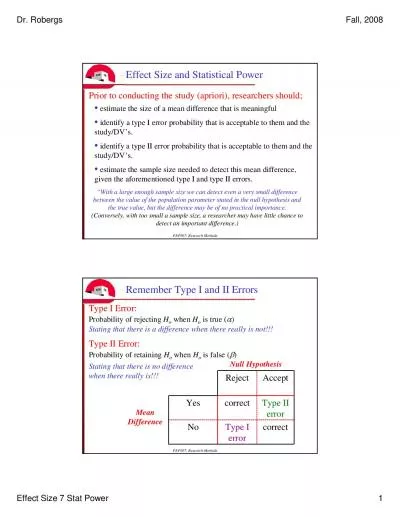PPT-The Effect of Different Processing Methods on the Nutrition
Author : natalia-silvester | Published Date : 2016-09-04
CLARIAS LEZERA now Clarias gariepinus Oyarekua Mojisola Adenike Department of Microbiology Federal University PMB 373 OyeEkiti Nigeria INTRODUCTION Fish
Presentation Embed Code
Download Presentation
Download Presentation The PPT/PDF document "The Effect of Different Processing Metho..." is the property of its rightful owner. Permission is granted to download and print the materials on this website for personal, non-commercial use only, and to display it on your personal computer provided you do not modify the materials and that you retain all copyright notices contained in the materials. By downloading content from our website, you accept the terms of this agreement.
The Effect of Different Processing Methods on the Nutrition: Transcript
Download Rules Of Document
"The Effect of Different Processing Methods on the Nutrition"The content belongs to its owner. You may download and print it for personal use, without modification, and keep all copyright notices. By downloading, you agree to these terms.
Related Documents

